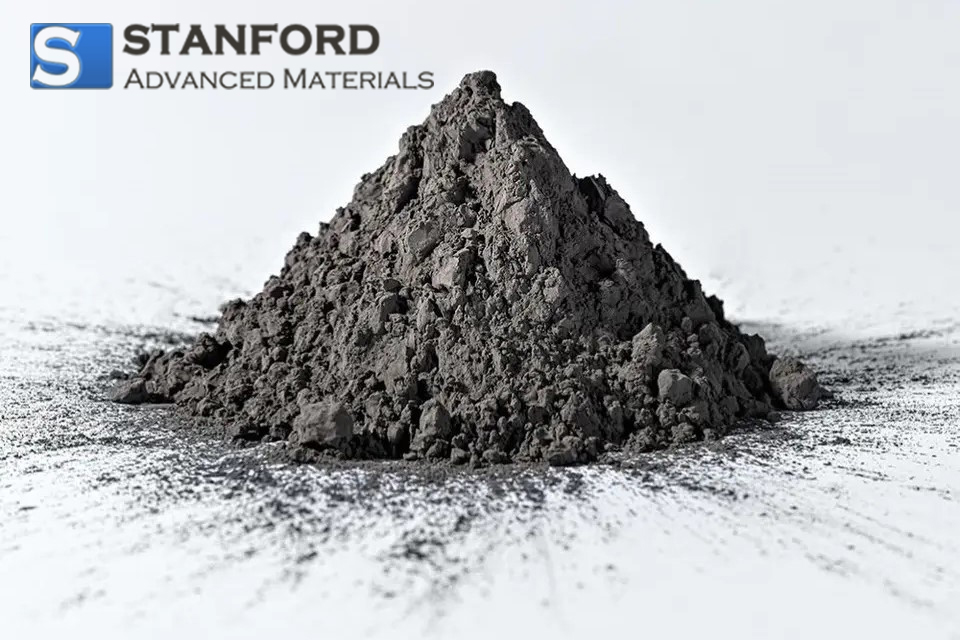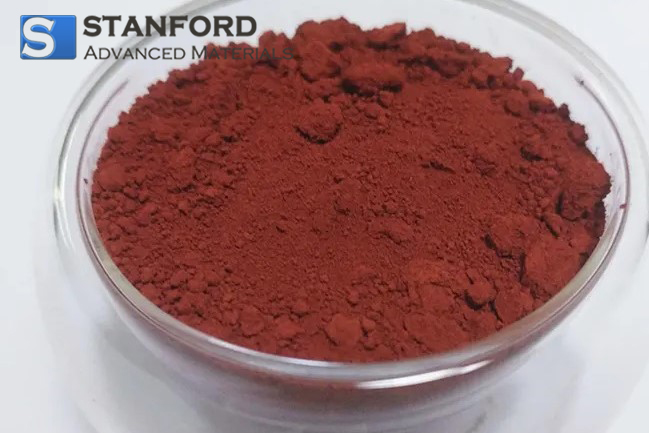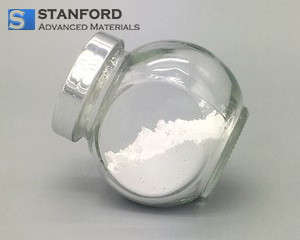- Products
- Categories
- Blog
- Podcast
- Application
- Document
CU2024 Copper Nanowires
| Catalog No. | CU2024 |
| Purity | >99.5 % |
| Appearance | Red dispersion or powder |
| Synonyms | Cu nanowires |
| Solvent | Ethanol or customized |
Stanford Advanced Materials (SAM) is a leading supplier of metallic nanowires. We can control the diameter and length of nanowires depending on customers’ requests.
Other related products: Silver Nanowires, Gold Nanowires, Gold Nanorods, Zinc Oxide Nanowires
INQUIRY
Add to Inquiry List
Description
Specification
Video
LATEST RECOMMENDED


NN0251 (Discontinued) Nano Iron Powder (Fe)


NN0279 (Discontinued) Nano Iron Oxide (Fe2O3) 30nm Powder


NN0280 (Discontinued) Nano Iron Oxide (Fe2O3) Powder 50nm


NN1564 (Discontinued) Nano Stainless Steel Powder


NN1565 (Discontinued) Nano Sulfur Powder


NN1577 (Discontinued) Nano Gallium Oxide Powder (CAS No. 84013-33-2)


NN1599 (Discontinued) Nano Cadmium Sulfide Powder


NN0253 (Discontinued) Nano Magnesium Powder (Mg)
GET A QUOTE
Send us an Inquiry now to find out more Information and the latest prices,thanks!


